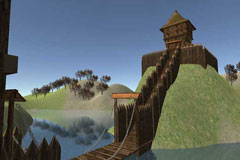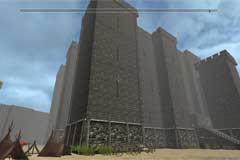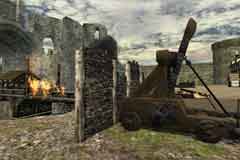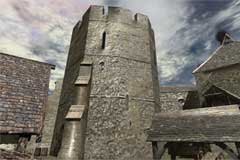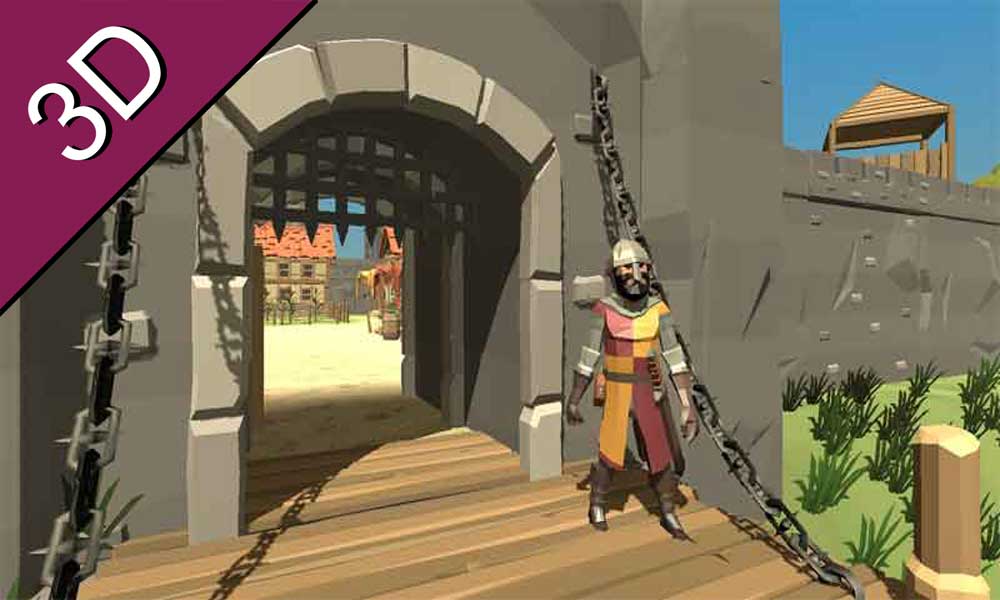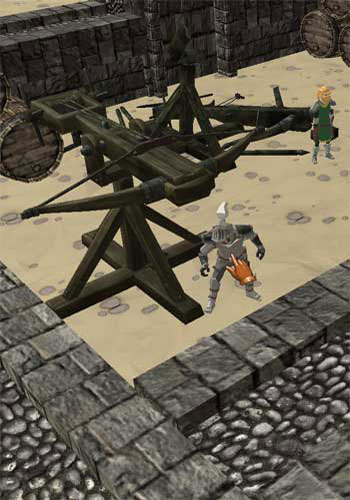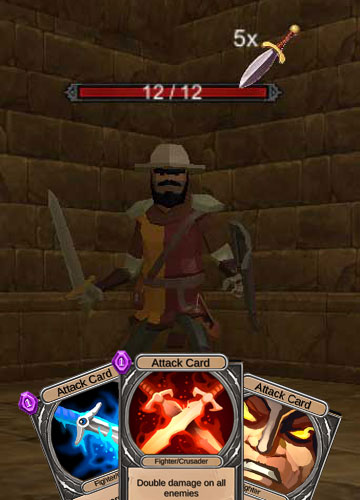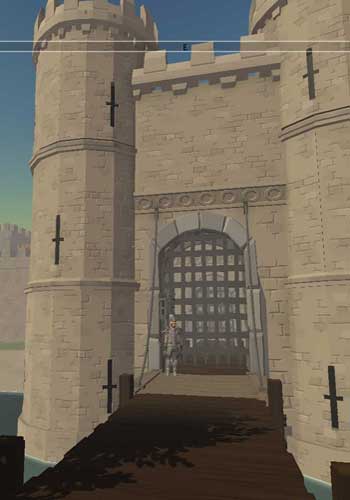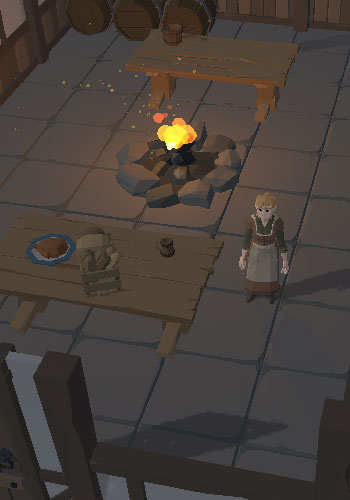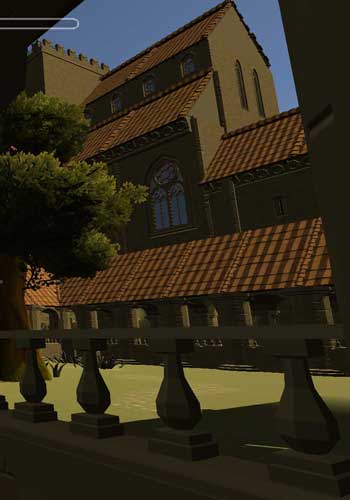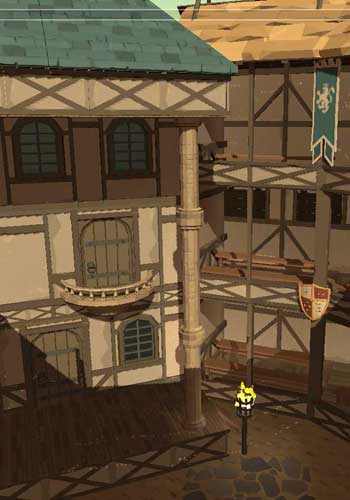Conquest of Ireland (1166 - 1171)
TweetDermot exiled
 ermot was the King of Leinster in eastern Ireland and in 1166 had been defeated in battle by Tighernan O Ruairc another ruler in the region. Dermot was exiled and went to Normandy to the court of Henry II of England. Dermot asked for assistance in retaking his lands. Henry gave Dermot permission to find a willing army from either England or Wales and so Dermot approached Richard de Clare, the Earl of Pembroke and known as 'Strongbow', who agreed to help in return for several demands. These demands included Dermot's daughter's hand in marriage and to rule Leinster after Dermot's death. Dermot agreed to the conditions.
ermot was the King of Leinster in eastern Ireland and in 1166 had been defeated in battle by Tighernan O Ruairc another ruler in the region. Dermot was exiled and went to Normandy to the court of Henry II of England. Dermot asked for assistance in retaking his lands. Henry gave Dermot permission to find a willing army from either England or Wales and so Dermot approached Richard de Clare, the Earl of Pembroke and known as 'Strongbow', who agreed to help in return for several demands. These demands included Dermot's daughter's hand in marriage and to rule Leinster after Dermot's death. Dermot agreed to the conditions.
Dermot also recruited a number of knights from south Wales included the sons and grandsons of Nesta, the daughter of Rhys ap Tewdwr one of the kings of Wales. These heavily armoured knights arrived in Ireland in May of 1169 and were far superior to the poorly protected Irish warriors. Dermot was reinstated as King of Leinster.
Dermot's ambitions
Dermot was not happy to be just King of Leinster, he wanted to be High King of Ireland but he had to wait for the manpower that Stongbow had promised him. In 1170 a small force led by Raymond de Gros landed at Waterford on the East coast of Ireland. They constructed a base and waited for the Earl of Pembroke to arrive.
Richard de Clare, the Earl of Pembroke, landed in Ireland in the summer of 1170. His army captured Waterford and Dublin, and the Earl made Dublin his base for the winter months.
Invasion planned
Dermot died in the spring of 1171 and Strongbow took control of Leinster. Henry II was concerned that the Earl could build himself a base in Ireland strong enough to create an independent state outside the control of the English King. Preparations were made and an army assembled to invade Ireland to deal with the Earl. But the invasion was not necessary as Strongbow left Ireland and travelled to England to meet the King. Strongbow agreed to that Henry controlled Dublin in return for his continued control of Leinster.
Henry adds Ireland to his domains
Henry II landed in Ireland in October or 1171 and received the homage of the Irish leaders. Traders were invited to Dublin where a colony of English was set up. Henry stayed in Ireland over the winter months returning to England in the spring of 1172.
Some of the medieval castles in Ireland

1166
1167
1169
1170
1171
1175
1177
1204
Selection of references used:
- 1: H.W.C.Davis, England under the Normans and Angevins, 1949
- 2: Various, The Course of Irish History
- 3: G.A.Cambell, The Knights Templar. Their rise and fall
Related Information
Medieval Episodes
Early Middle Ages
High Middle Ages
- Edward the Confessor and Godwine
- Reasons for the Norman Invasion
- The Norman Invasion
- The Norman Conquest
- Background to the Crusades
- People's and First Crusade
- Second Crusade
- Third Crusade
- Stephen's succession to the throne
- Civil War (The Anarchy)
- The Conquest of Ireland
- Henry II and Thomas Becket
- Excommunication of King John
- The First Barons' War
- The Second Barons' War
- Edward I and Wales
- Edward I and Scotland
Last Middle Ages
- Edward II and Piers Gaveston
- Robert the Bruce
- Isabella, She-Wolf of France and death of Edward II
- Edward III starts the Hundred Years War
- Continues with Richard II
- Henry V invades France
- Henry VI and Joan of Arc
- The Black Death
- The Peasants Revolt
- The Lords Appellant
- Glendower's Revolt
- Wars of the Roses
Early Modern Period
Event Participants and Locations
